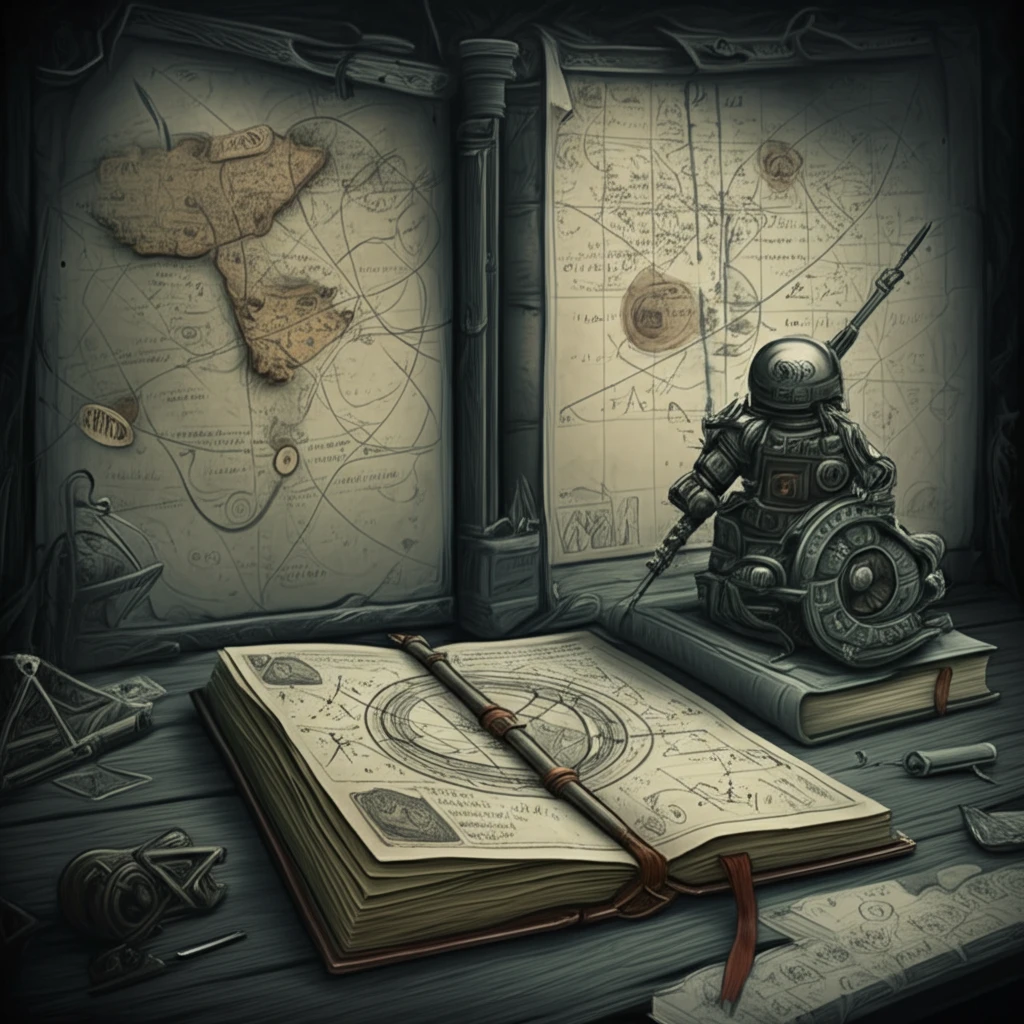
Unlocking Vision: How Military Maps Revolutionized Math Education
"From Ancient Fortifications to Modern Classrooms: Explore the Surprising Connection Between Military Iconography and the Way We Visualize and Learn Mathematics."
The power of images and visualization in understanding and learning has captivated researchers across various fields. In mathematics education, visualizing geometric figures and mathematical concepts is increasingly seen as crucial for effective teaching and learning. This has sparked a vital debate: How do we look, and how did we develop the ways to see and represent what we observe?
This article explores how representation techniques were created and practiced throughout history, leading to the development of a specific way of seeing: geometric vision. Recognizing that both vision and image representation have a history is crucial, as they are products of a process rather than self-evident truths.
We begin with the principle that understanding this history allows us to re-evaluate the concepts and practices surrounding visualization in mathematics education. These concepts are often taken for granted by teachers and educators as natural, ahistorical, and atemporal.
How Military Iconography Shaped Geometrical Vision

To understand how we see and how methods of seeing and representing have evolved, let's delve into the history of military art. Our analysis focuses on military plans of fortifications in North America from the 17th and 18th centuries, adhering to the principles of military engineering treatises. The theoretical underpinnings come from reflections on constructing and representing militarized space within mathematical activities.
- The Mode of Seeing: How do we interpret military plans and architectural projects? What kind of vision is necessary to see the image of reality in these representations? We must understand how our vision became geometric, leading to a naturalized way of seeing and representing space. Learning to see an image means understanding it as a representation shaped by our knowledge.
- Mathematical Knowledge: What mathematical and geometric knowledge makes spatial representation possible? What calculations and geometric concepts were required of military engineers to represent an ideal fortification on paper? How did engineers and architects use military treatises to fortify towns and cities? Representing requires understanding a military-specific knowledge—the technique of military perspective.
Repercussions in Modern Education
Military iconography offers valuable insights into how images have played a crucial role in constructing a geometric way of seeing. Understanding how a geometric form is used across different cultural contexts—whether in military art, fine art, or architecture—reveals how images shape geometric vision. This exploration highlights a vision formed within military practices, emphasizing symmetry and geometric regularity. Grasping the historical development of this 'geometric gaze' can contribute to research on visualization, teaching, and mathematical learning, paving the way for enhanced educational approaches.
